Numerous circumstances, including trauma, illness,
congenital disabilities and general neglect, can lead to
tooth loss. Social and economic factors may also have a
role in this. It relies on functional, sociological, and
financial factors if people intend to restore their lost
teeth.
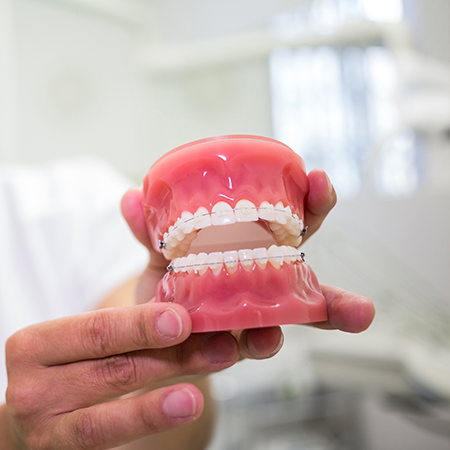
The patient is already advised before the procedure
about the shortcomings and outcomes of the process. To
disguise all critical clinical components, including
prosthesis fit, patient comfort, aesthetics,
occlusion, denture base extensions and post-placement
instructions, a complete denture takes meticulous
attention to detail.

Partials, also known as partial dentures, are artificial
replacement teeth that fill in a patient's mouth
where a few teeth are missing. Dentures are supported by
the tissues that surround them in the mouth.
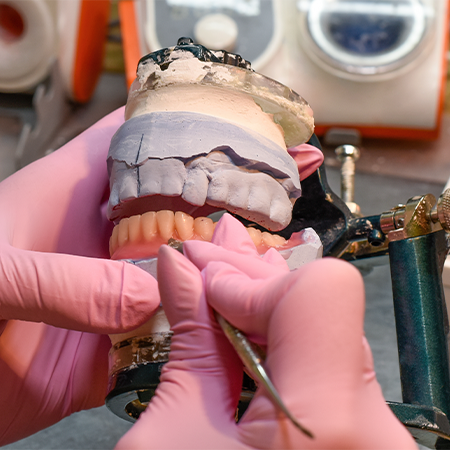
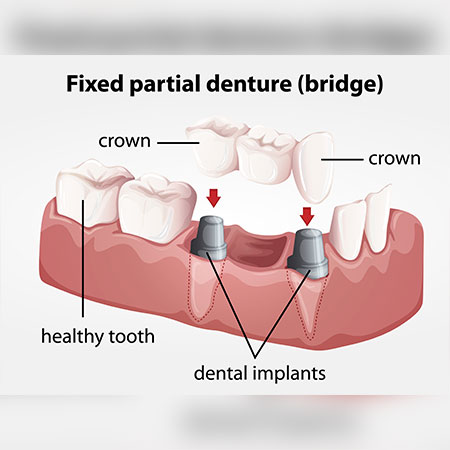
Partial dentures are used to fill in a patient's
mouth where a few teeth are missing. The encircling
tissues inside the mouth support dentures. The upper
mandible's partials fill up a few gaps from
missing teeth.
Types of partial dentures include the following:
Overdentures are missing teeth that are supported by dental implants. A patient will have overdenture surgery if they have a missing tooth and have enough jawbone to support the implant. Overdentures enhance the patient's quality of life and confidence. When one or more natural teeth are required to keep a denture, most people will select overdenture implants because overdentures are typically detachable.
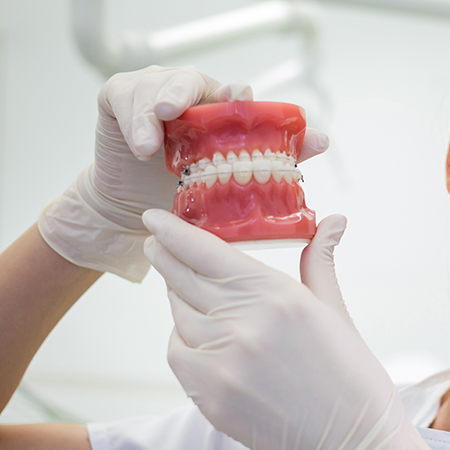
Don't put up with loose dentures any longer. Call
immediately to schedule a consultation session so we
can further explore how this procedure can alter your
life and give you back the comfort and confidence you
deserve. If a patient only has a few good teeth or
tooth roots left, they will be fitted with implant
dentures or an oral implant overdenture.
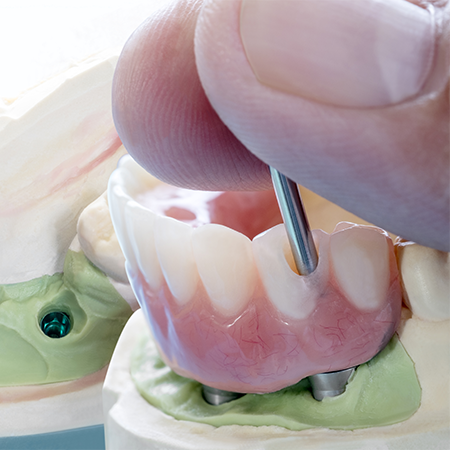
Overall, treatment time and cost decrease, and fewer implants are required. The requirement for bone graft surgery to enhance bone volume is reduced by the higher stability offered by an implant-supported overdenture. Overdentures supported by implants can be attached using a variety of abutment-based attachments or bar-and-clip attachment techniques.